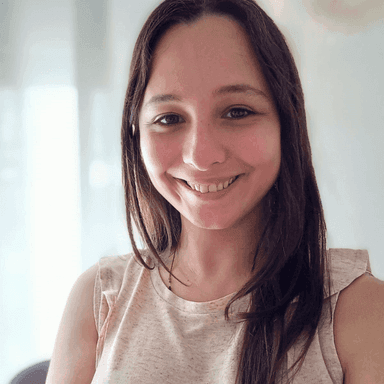What are the autistic spectrum disorders?
El Salvadorautism, also known asGeneral development disorders (TGD) orEEA (Trastorno of the autistic spectrum) is a condition related to the development of the brain that affects the way a person perceives and socializes with others.People with EEA communicate and learn differently. The capabilities of people with EEA may vary significantly. For example, some people with ASD could have advanced conversation skills, while others could not verbally express themselves. Some people with EEA need much help in their daily life; others can work and live with little help or no help. The disorder also comprises strict and repetitive conduct patterns. The term “spectro” in the autistic spectrum disorder refers to a wide range of symptoms and severity.
Signs and symptoms of autistic spectrum disorders
They have difficulties with socio-emotional reciprocity, going back and forth from a conversation, difficulties in communication in a non-verbal way and to start or maintain friendships.Some children have signs of autistic spectrum disorder in early childhood, such as lower visual contact, lack of response when they call them by their name or indifference to the people responsible for care. Other children may normally develop during the first months or years of life, but then suddenly become introverted or aggressive or lose language skills they acquired.Due to the unique combination of symptoms that each child has sometimes may be difficult to determine gravity. In general, it is based on the level of deterioration and the way the ability to develop.
Communication and social interaction
Communication skills and social interaction can be a challenge for people with ASD. For example:- He doesn't answer his name or sometimes he doesn't seem to hear you.
- He resists the hugs and caresses; furthermore, he seems to prefer to play alone and abstract himself in his own world.
- It doesn't usually make eye contact and has no facial expression.
- He does not speak or have a late development of speech, or loses the ability he had to say words or prayers.
- You cannot keep or start a conversation or, perhaps, start one to ask for something or appoint elements.
- Talks with tone or abnormal rhythm and it is possible to use a singing voice or speak like a robot.
- Repeat textual words or phrases, but do not understand how to use them.
- It does not seem to understand simple questions or indications.
- It does not express emotions or feelings and does not seem to be conscious of the feelings of others.
- It does not mark or bring objects to share your interests.
- It addresses social interactions inappropriately, behaving passively, aggressive or disturbing
- It is difficult to recognize non-verbal signs, such as the interpretation of other people's facial expressions, body postures or tone of voice.
Behavior Patterns
People with EEA have conducts or interests that may seem unusual. These conducts or interests distinguish the ASD from diseases that are only defined by problems with communication and social interaction.- Performs repetitive movements, such as balancing, spinning or pitching with your hands.
- It does activities that can cause damage, such as biting or hitting the head.
- Develop specific routines or rituals and change with minimal change.
- It has problems with coordination or shows patterns of strange movements, such as being torpe or walking on foot tips, and shows a strange, rigid or exaggerated body language.
- It is dazzled with the details of an object, such as the wheels that rotate in a toy car, but does not understand the general purpose or the operation of the object.
- It is more sensitive than usual to light, sound or physical contact, but it can be indifferent to pain or temperature.
- Do not participate in imitation or simulation games.
- Obtained with an object or activity with abnormal intensity or concentration.
- It has specific food preferences, such as eating only some food or not eating food with a certain texture.

Comments